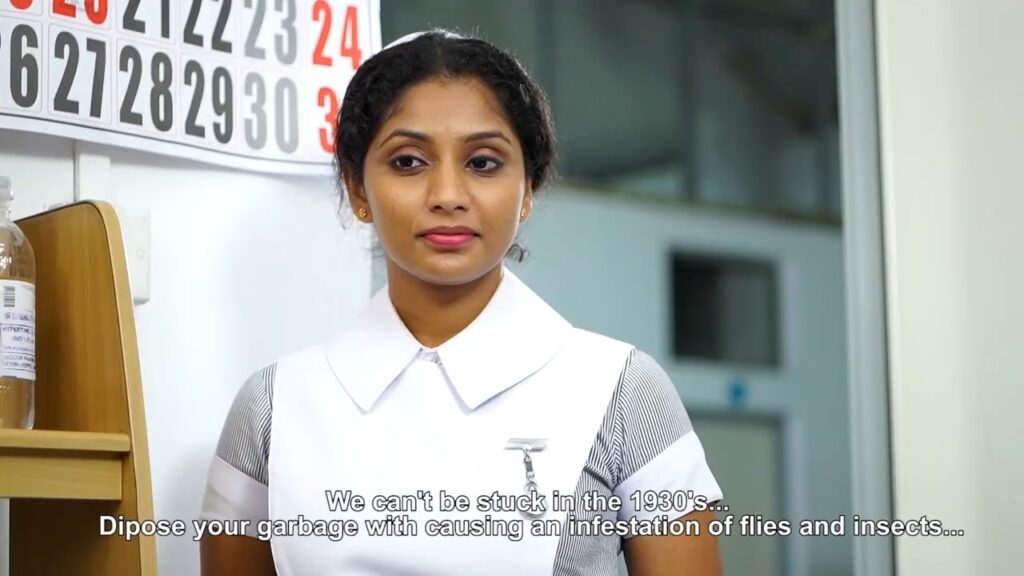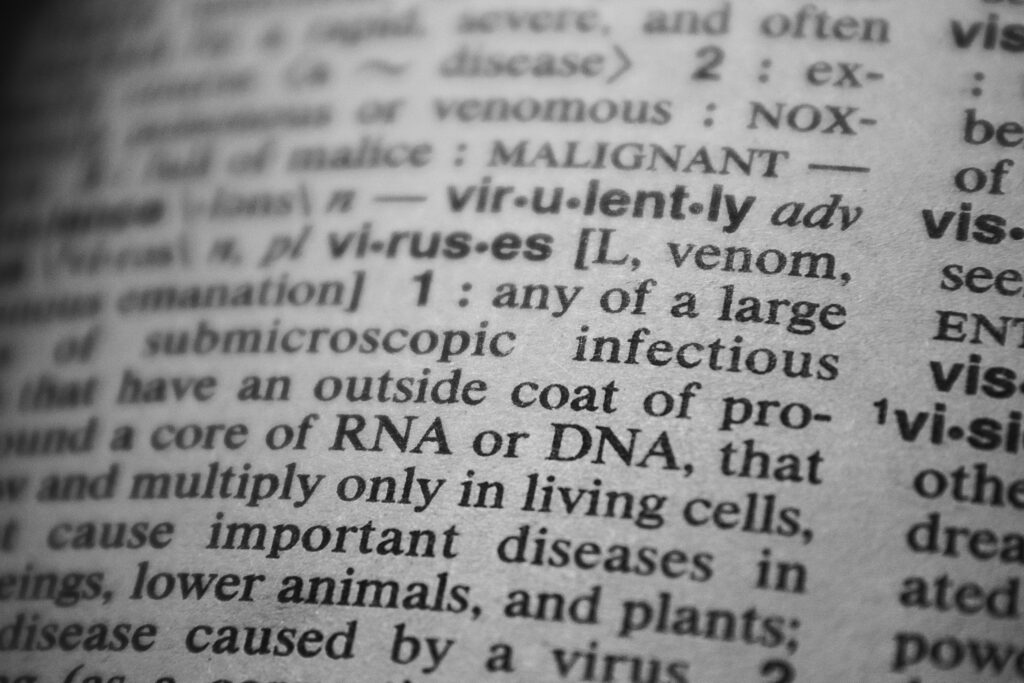Agampodi, S. B., Amarasinghe, G. S., Naotunna, P. G. C. R., Jayasumana, C. S., & Siribaddana, S. H. (2018). Early renal damage among children living in the region of the highest burden of chronic kidney disease of unknown etiology (CKDu) in Sri Lanka. BMC Nephrology, 19, 115. DOI: 10.1186/s12882-018-0911-8
Introduction
The study conducted by Agampodi et al. had the primary aim of assessing whether there are signs of early renal damage among children aged 5-11 years living in an area of Sri Lanka with high rates of CKDu among adults. The study rationale highlights that in regions with high CKDu prevalence like Sri Lanka, the focus has mainly been on adults, without much attention to potential early renal effects in children. The authors hypothesize that looking at urine ACR in children could give important clues to the onset and progression of CKDu, since urine ACR is an early marker of kidney injury.
Critique
A major strength of the study is the large sample size of 2,880 students, which allows for good representation and generalization to the target population of children in this CKDu endemic region. The use of urine ACR to screen for early kidney damage is also appropriate and methodologically aligned with literature showing urine ACR is an early marker that can indicate renal injury before onset of extensive functional loss. Key findings were a higher than expected prevalence of elevated urine ACR in 8.7% of children, and lower mean estimated GFR in children with elevated urine ACR versus controls. This raises concerns that there may be early renal damage occurring in children in this region that warrants urgent further investigation.
However, there are some important limitations that should be highlighted. The reliance on random spot urine samples instead of first morning void or repeated sampling risks substantially overestimating the actual underlying prevalence of elevated urine ACR in this population. Additionally, while the region under study has high rates of CKDu among adults, specific diagnostic data confirming CKDu in the studied children was unavailable. Therefore, it cannot be definitively concluded based on this evidence alone that early manifestations of CKDu are occurring in these children. Confounding factors like dehydration and strenuous activity prior to sampling were also not controlled for or accounted for, which could elevate urine protein levels unrelated to renal injury. Finally, the cross-sectional design shows associations at one point in time, but cannot allow determinations of causation between variables like potential CKDu risk factors and urine ACR levels in children.
Conclusion
In conclusion, while this study by Agampodi et al. has some limitations, it does provide concerning initial evidence suggesting the possibility of early renal damage occurring among children living in an area with extremely high rates of CKDu among adults. However, the limitations including lack of CKDu diagnosis, reliance on random urine sampling, and cross-sectional analysis prevent making definitive conclusions at this stage regarding links between this potential early childhood renal damage and onset and progression of CKDu. Further investigation using more rigorous longitudinal designs, confirmed CKDu diagnoses, first morning urine collections, and factoring in potential urine ACR confounders would help elucidate whether the endemic CKDu in this region could be having a very early onset in exposed children. This represents an important preliminary study generating hypotheses around early renal effects from CKDu exposure in children, but considerable further research is warranted to clarify the likelihood of early CKDu onset or early renal damage from other causes in this vulnerable pediatric population.
![]()



